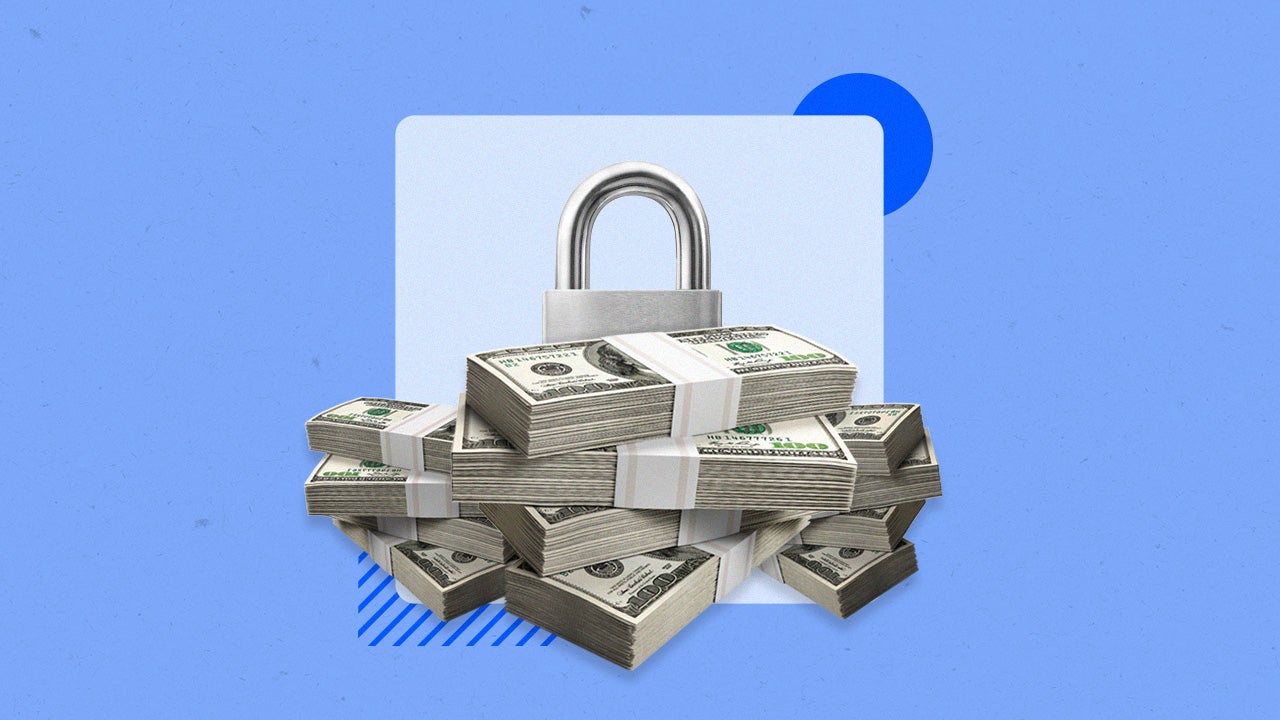Why long-term CDs can be a smart choice in any rate environment

Whether interest rates are rising, falling, or holding steady, long-term certificates of deposit (CDs) can play a valuable role in your financial strategy. While timing the market perfectly is impossible, understanding the benefits of long-term CDs can help you make better decisions about when and how to incorporate them into your savings plan.
Unlike a savings account, opening a CD typically locks in the advertised yield for the duration of the account’s term. Thus, locking in a CD means you can continue earning a high yield far into the future, even if APYs decrease.
7 reasons why now might be a good time to consider a longer-term CD
1. You want protection against rate uncertainty
When you open a CD, you typically lock in the advertised rate for the entire term. This rate guarantee provides stability in your returns regardless of future market changes.
While variable-rate accounts like savings accounts may adjust their yields up or down based on market conditions, your CD rate remains constant until maturity.
2. You have funds you won’t need for a period of time
If you’ve identified funds that you won’t need in the near term, moving them from a variable-rate savings account to a long-term CD could provide several advantages:
- Potentially higher yields than savings accounts
- Protection against future rate decreases
- Guaranteed returns for planning purposes
- Reduced temptation to spend the funds
Make sure you won’t need these funds during your CD term. Otherwise, you could incur an early withdrawal penalty. You could consider a no-penalty CD for funds that you think you might need during a CD’s term.
3. CDs typically offer a guaranteed return
There are few guarantees in life. But money in a CD — as long as it’s within the FDIC’s limits and following the FDIC’s rules — is protected from a bank failure and will earn a guaranteed APY, as long as you keep the money in the CD for the entire term and the CD isn’t callable.
“If you’ve had your eye on a CD, and especially one of the multi-year maturities, this is the time to lock in — they won’t get better by waiting,” says Greg McBride, CFA, Bankrate chief financial analyst.
4. CDs can protect against inflation
Long-term CDs can serve as a hedge against inflation, particularly when you can secure rates above the long-term inflation average. While past performance doesn’t guarantee future results, historical data shows that CDs yielding 3 percent or more have often helped preserve purchasing power over time.
5. Long-term CD yields are good options if you think rates will keep going down
You shouldn’t try to time the market. And you shouldn’t try to find the absolute perfect time to deposit money into a new CD.
But one thing is clear: None of us can with 100 percent certainty predict the future path of rates. Just look at the surprise stemming from the pandemic — where rates dropped to near-zero levels very quickly — as just one example.
You could consider a bump-up CD if you don’t want to miss out on the potential for CD APYs increasing more.
6. A CD ladder could be beneficial in this environment
A CD ladder can help you maximize returns while maintaining flexibility. To build a CD ladder, you’ll divide your funds across multiple CDs with staggered maturities. As shorter-term CDs mature, you’ll reinvest in new longer-term CDs.
7. You’re retired, or about to retire
People who are already retired – or retiring in the near future – may want to consider a CD and lock in a rate now. That way, they can potentially be ahead of long-term inflation, earn a guaranteed income stream and reduce risk in their overall portfolio.
Bottom line
A long-term CD can be a good fit for money that you won’t need during the CD’s term. Locking in a longer-term CD now could help you preserve purchasing power if rates drop more or substantially in the future. But depending on your risk tolerance and time horizon, there are other types of investments that might align better with your financial goals.






